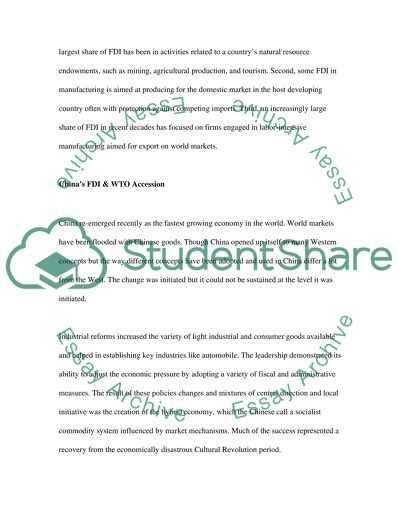Cite this document
(“Case Study: The World Trade Organization Study Example | Topics and Well Written Essays - 2000 words”, n.d.)
Retrieved from https://studentshare.org/miscellaneous/1529202-case-study-the-world-trade-organization
Retrieved from https://studentshare.org/miscellaneous/1529202-case-study-the-world-trade-organization
(Case Study: The World Trade Organization Study Example | Topics and Well Written Essays - 2000 Words)
https://studentshare.org/miscellaneous/1529202-case-study-the-world-trade-organization.
https://studentshare.org/miscellaneous/1529202-case-study-the-world-trade-organization.
“Case Study: The World Trade Organization Study Example | Topics and Well Written Essays - 2000 Words”, n.d. https://studentshare.org/miscellaneous/1529202-case-study-the-world-trade-organization.


